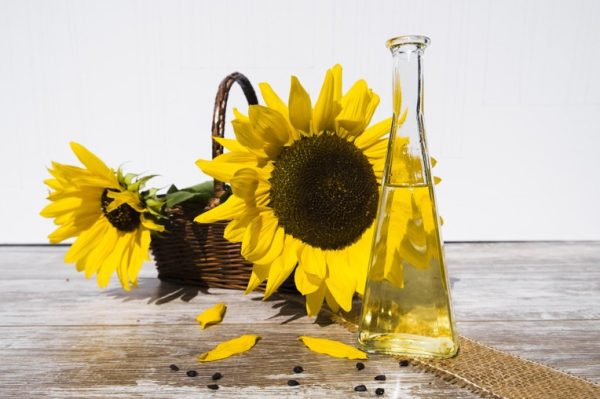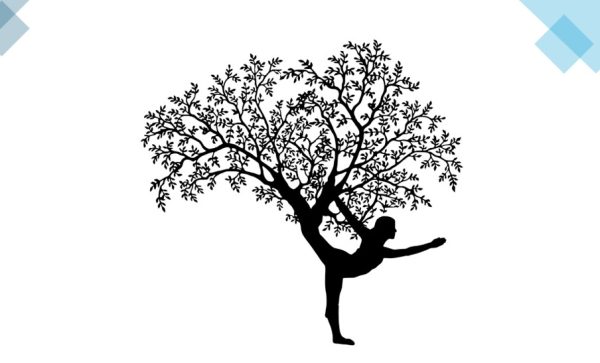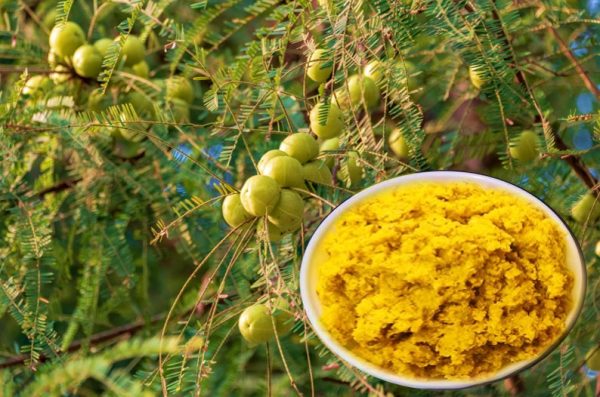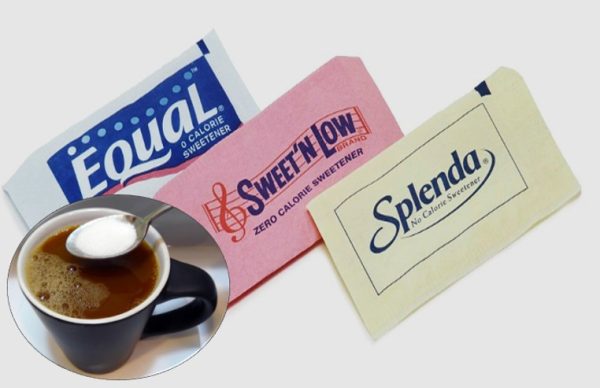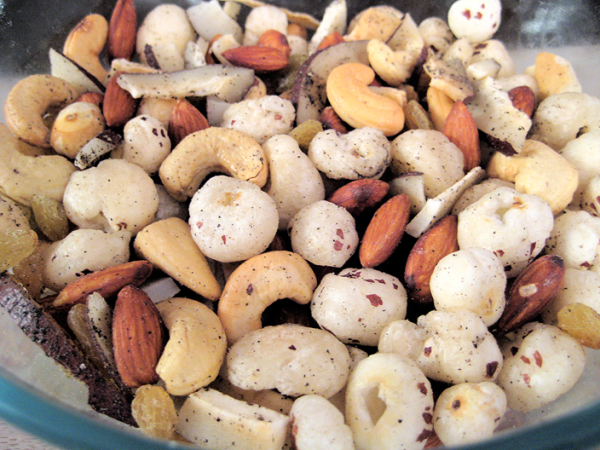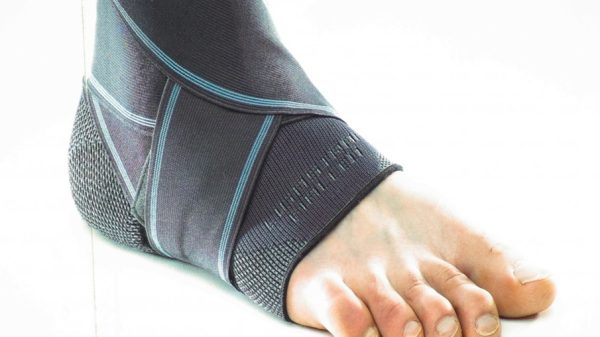
Health Tips And Exercises To Recover From Heel Pain Plantar Fasciitis
Plantar fasciitis is inflammation of the plantar fascia, a thick band of tissue that runs along the bottom of your foot, connecting your heel bone to your toes. This condition causes constant pain, and people will be discouraged from walking. It is especially painful when taking your first steps in the morning or after extended periods of rest.
Common causes:
- Overuse (especially in runners or people who are on their feet a lot)
- Wearing unsupportive footwear
- Flat feet or very high arches
- Tight calf muscles
- Obesity (extra weight puts strain on the fascia)
Typical symptoms:
- Sharp or stabbing pain in the bottom of the heel
- After waking up first thing in the morning one may feel more pain or after prolonged sitting.
- Improves slightly with movement but can worsen after prolonged periods standing.
Treatment options:
- Rest and ice: Ice the heel for 15-20 minutes several times a day.
- Stretching exercises: Especially calf stretches and foot stretches.
- Supportive footwear: Shoes with good arch support and cushioning.
- Orthotics: Shoe inserts to support the arch.
- Physical therapy: Specific exercises can speed up recovery.
- Anti-inflammatory medications: Like ibuprofen or pain killer if advised by a doctor.
- Night splints: To keep your foot flexed overnight.
- In severe cases: Cortisone injections or surgery (rare opotion).
Simple and effective stretches for plantar fasciitis that you can perform 2-3 times a day.
1. Towel Stretch: Loosens the plantar fascia before walking.
- Sit on the floor with your legs straight.
- Wrap a towel or exercise strap around the ball of your foot.
- Pull the towel or strap toward you while keeping your knee straight.
- Hold for 20–30 seconds, then relax.
- Repeat 2–3 times on each foot.
2. Calf stretch against the wall: Loosens tight calf muscles that pull on the plantar fascia.
- Stand facing a wall.
- Put your hands on the wall and move one foot back.
- Keep the back leg straight, front knee bent, and both heels flat on the ground.
- Lean into the wall until you feel a stretch in your back leg calf.
- Hold for 20–30 seconds.
- Switch sides and repeat 2–3 times.
3. Plantar fasciae stretch (seated stretch): Directly stretches the plantar fascia.
- Sit down, cross your affected foot over the opposite knee.
- Hold toes and gently pull them back toward your shin.
- You will feel a stretch in the arch of your foot.
- Hold for 20–30 seconds.
- Repeat 2–3 times.
4. Rolling stretch (Massage and stretch combined): Breaks up tension along the arch.
- Sit down and place a frozen water bottle, tennis ball, or massage ball under your foot.
- Roll it back and forth under your arch for 2–5 minutes.
- Focus on any tender spots, but do not press so hard it causes sharp pain.
5. Toe curls with a towel: Strengthens the small muscles that support your arch.
- Place a towel flat under your foot while sitting.
- Use your toes to scrunch the towel toward you.
- Relax and repeat for 2–3 minutes.
6.Toe Flex Stretch – To stretch plantar fascia -Perform this 30 second per foot
- While still lying down, pull your toes back toward your shin using your hand.
- Hold for 30 seconds each foot.
- This gently stretches the plantar fascia before you put weight on it.
Remember consistency is key to getting rid of that pain. Practice these exercises 2-3 times a day and you will start feeling better. If the pain persists then talk to your doctor and get a reference to see a specialist.
References:
Image credit: https://pxhere.com/en/photo/847900 (CC0 Public Domain)
Author: Sumana Rao | Posted on: April 29, 2025
« Health Tips To Overcome Overactive Bladder Condition Potassium Rich Food Help To Lower Blood Pressure »


